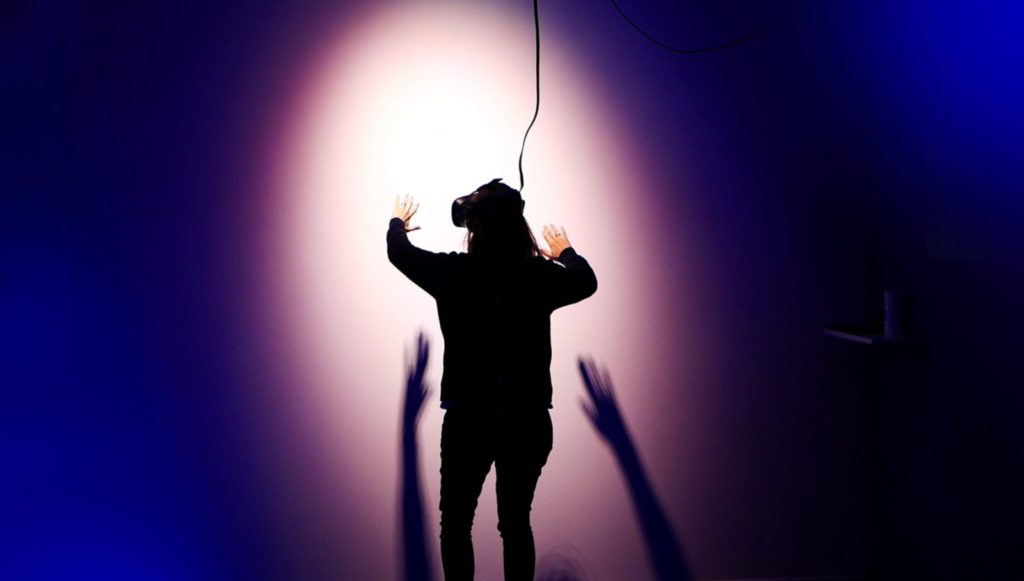Modern day VR started back in 2013 with the Oculus Dev Kit 1 (Oculus DK1), which was then updated and re-released in 2014 to backers as the DK2. In 2014 the retail Oculus was released and the Vive and the “Windows Mixed Reality” headsets soon followed. Originally, headsets were plagued by slow refresh screens or a myriad of issues that caused motion sickness in games and skeptical developers who didn’t want to develop for a platform that required $399 or more for a user to play, plus have a beefy PC gaming rig on top of that.
So where are we in 2020? Well, in sort of an interesting and weird spot. VR is more alive than ever before, with VR experiences in real life being the “new arcades” and consumer VR headsets reaching mass adoption, but it’s not exactly a success down the line.
Consumer VR Headsets (Oculus & Vive)
Oculus has released the Rift S along with the Oculus Quest. Both do not require base stations / light boxes for head tracking and provide you with a view of your surroundings should you exit the safety barrier. Updated optics (higher resolutions) and overall comfort changes make them a wild success for families with children who want to get into VR. Modern day PCs can also easily power the Rift S and the Quest gives a PC-agnostic solution, although an update allows it now to be plugged into the PC and operate as a normal headset. Both are below $500 which makes them heavily affordable. This Christmas season, anecdotal evidence shows many people bought into VR to bring the IRL VR experiences into the house.
The Vive on the other hand is still very expensive. Having taken some market share from Oculus when it did it’s refresh before Oculus could, that market share is turning back to Oculus now that it’s the cheaper more affordable solution.
Complete saturation, i.e. every PC gamer having a VR headset, hasn’t materialized, but there is a healthy community and sales continue strong, at least according to the Steam hardware survey.
Windows Mixed Reality
Outside of the first major release wave, there was only one net new headset released in 2019 and it was pricey (HP Reverb $599) with decent specs and terrible reviews. The Hololens 2 has some insanely beefy specs, but it’s going to be $3500 and hasn’t launched yet.
This field is really weird, like I said, there was a massive wave of headsets and now it’s sort of just, not a lot of new stuff here. They were a great stopgap when Oculus and Vive were working on their updates and more affordable to the Vive revamp, but now they’ve become dated.
Playstation VR
There has been over 5 million PS VR headsets sold so far and I would argue that PS VR is the reason that software has been pouring into the VR market. You can get a bundle with the camera, move controllers, two games for about $350 right now and stores have had some amazing sales on the hardware, making it cheap. No need for a computer has also helped and the ease of setup (plugin the camera, plugin the headset) has given it a major market boost.
While the technology is getting older in the PSVR headset and a refresh is inevitable, it has really helped to get VR out to the mass market.
The Future of VR
Right now, things are brighter than they were a few years ago. Real life experiences combined with people wanting to play beat saber at home and an entire new world of VR performers using the full body tracking while playing games has fueled interest.
VR can still fail, but right now it looks to be going strong moving forward. With games like Boneworks and Beat Saber driving adoption and the upcoming Half Life Alyx getting people excited for VR, it should be smooth sailing for the near future at the very least.







Comments are closed.